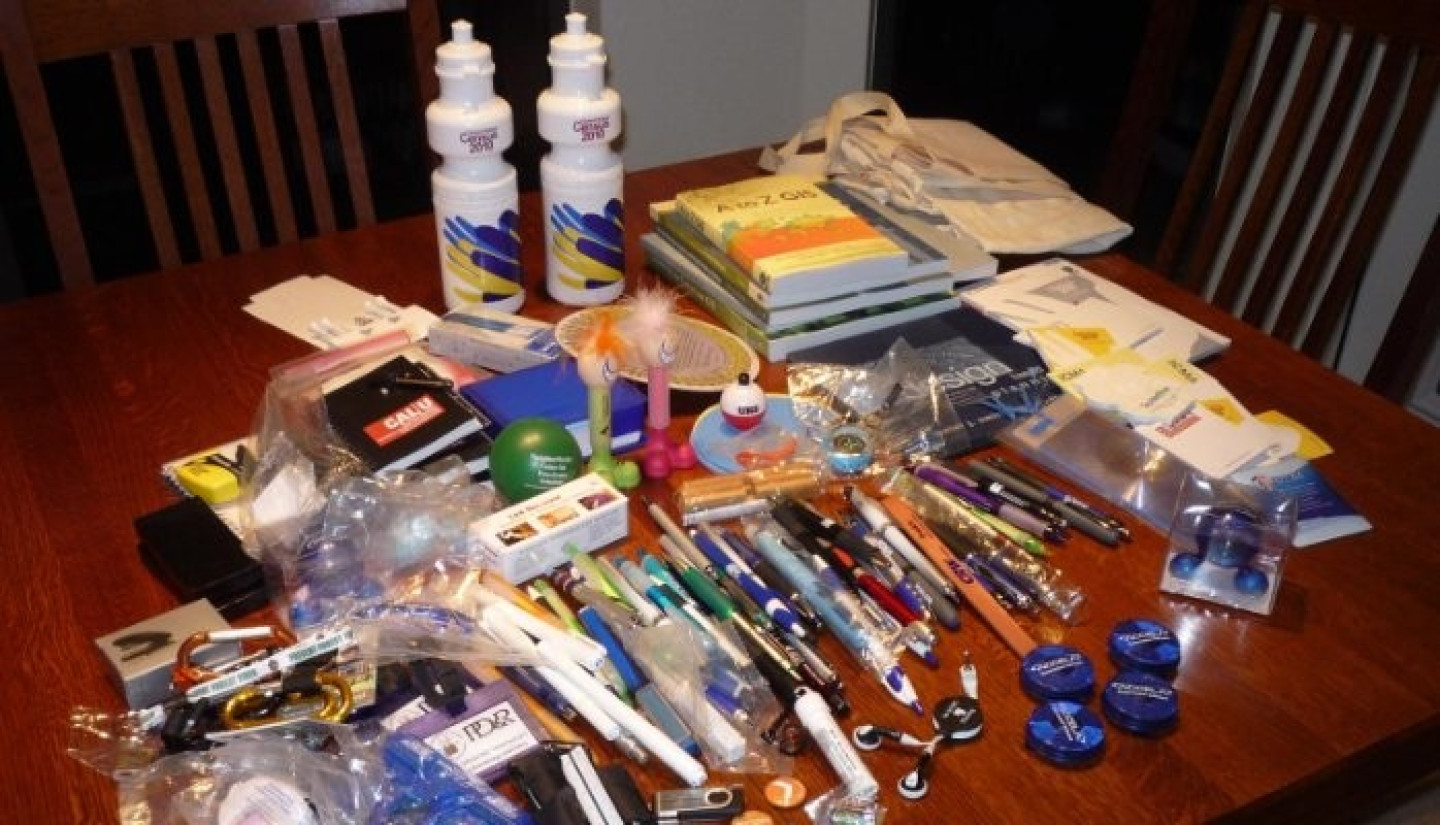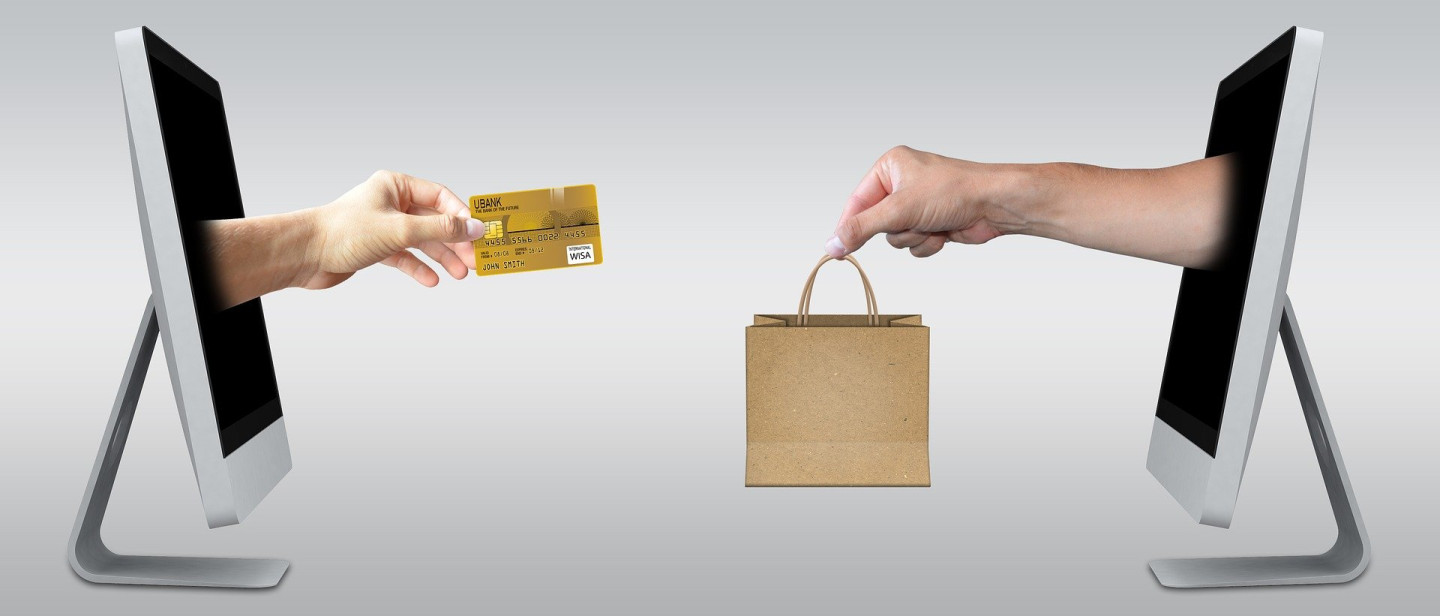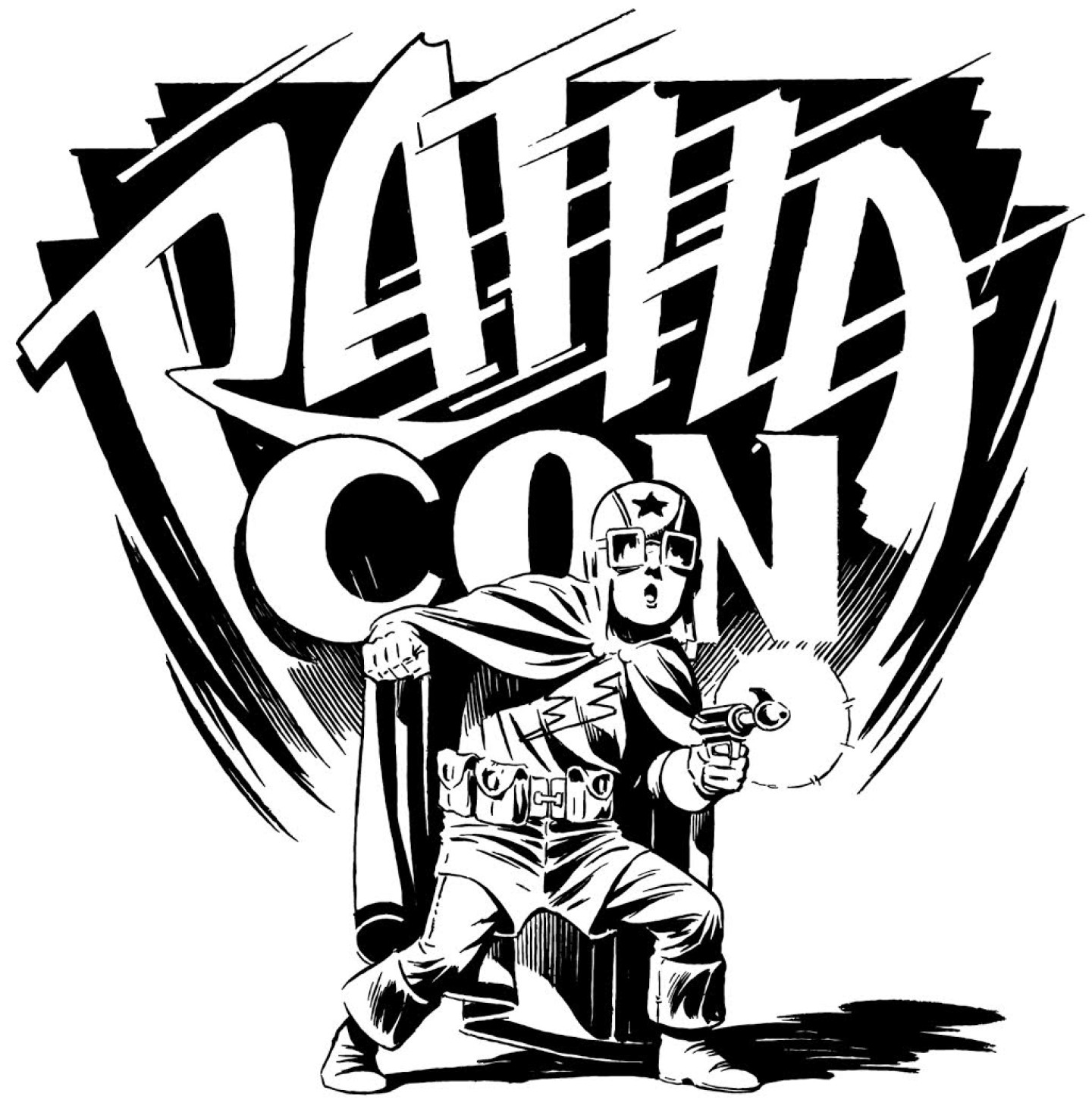Original article by Amy Bendahan, Business Director, 2015 LinkedIn
Why People Throw Away Promotional Products
You just spent the last of your annual budget on company branded swag and now you’re looking at your stock room and realize you have a bunch of shit left over from years past. Okay now you have to figure out what promo you’ll run or what type of campaigns you have going or upcoming events that are going to help you get rid of all of your trinkets and trash. Operative word, TRASH!
So many promo items get passed down to friend or relative or worse, sit in the bottom of a drawer somewhere or tossed in the garbage. WHY? Why would anyone throw out free gifts? Because no one wants any more junk! If we wanted more junk we would just go to the dollar store again and stock up (I know I’m guilty of that)!
A. The Truth Is That Cheap Is Expensive
If you’re going to spend money on promotional items branded with your company’s name, make sure the items you giveaway represent your brand. Imagine for a minute that Apple packaged their phones in a cheap flimsy cardstock box with a little cellophane window. Would that be very Apple of them? Nope. So, I encourage you to buy promotional items that are worthy of your brand.
I’ve been in the promotional marketing business for almost 10 years with experience working with the worlds largest brands to the worlds smallest and, no matter the size of your company, all brands are trying to do the same thing, get more of the market share!
Branded merchandise is one of the most cost effective, engaging and appreciated methods of marketing but only if done properly!
I regularly get referrals and calls from new clients because of promotional products they received and loved. We recently got a call from a new client because of an awesome branded Bluetooth speaker that they received as a holiday gift from one of their suppliers last year.
When new client ‘ABC’ asked their gift giver supplier where they got that awesome speaker, the client ‘XYZ’ referred me.
Who cares that they referred me, this isn’t about me!
The takeaway here is that this Bluetooth speaker has been used and appreciated for over 6 months and bragged about all throughout the office. Client XYZ’s brand has been rightfully represented and is getting lots of impressions and positive engagement. This gift, which really wasn’t that expensive (I know, I sold it), is leaving a fantastic positive impression!
B. Some Tips To Consider When Buying Promotional Products
Don’t just buy anything to use up your budget! Ask your promotional marketing partner a couple of questions first (see examples below);
What are you currently using from the promotional world.
What’s trending right now and why?
Why are you showing me this product?
Simple right? But hardly anyone asks these questions and you would think, if a promotional marketing expert is using these products (and we see absolutely everything) they are probably going to be loved by you and your clients/prospects and employees too!
1. Remember that cheap is expensive. I know I’ve said this twice, but there is no use buying promo if it ends up in the garbage. If you are working with a conservative budget, it is better to buy less of a quality item than more of a trashy item.
2. Consider your audience and buy promotional products that suit your brand and culture. For example, the Ellen show sells branded underwear and while that works for Ellen, it probably won’t work for a large law firm!
3. Plan ahead! The longer lead time you give your promotional partner, the more time we have to carefully suggest the right products for you and your brand. Also, in some cases you can take advantage of lower pricing, special deals and even better quality goods that may take longer to get.
4. Consider design details and packaging. Sometimes a unique way of branding your company or a different take on the design of a classic product will give your swag a retail look. Making something look more ‘retail’ just means making your branded merchandise more desirable, appreciated and used.
That’s all for now. Well, there’s plenty more but if you want any more information on what’s trending right now, what people are buying and using and what products will offer the best bang for your buck in marketing, send me a message or give me a call to set up a time to chat!
Happy marketing!




